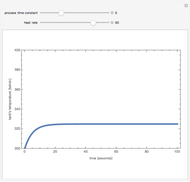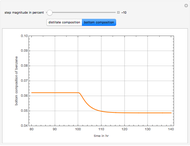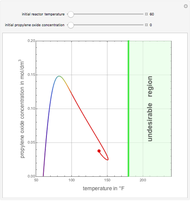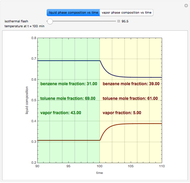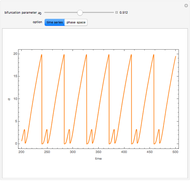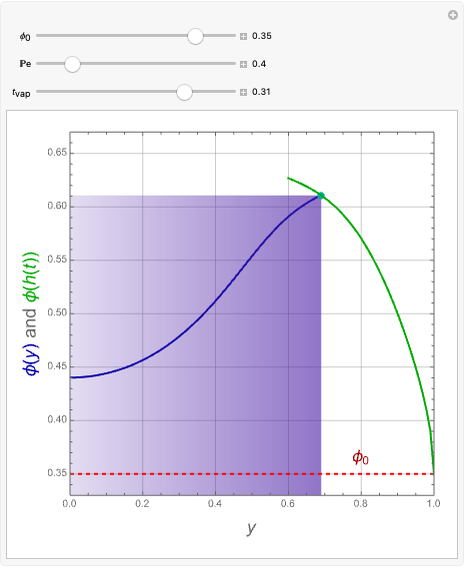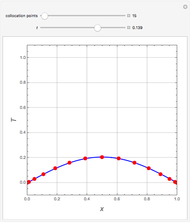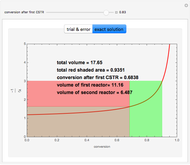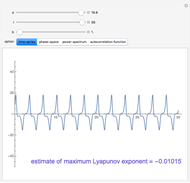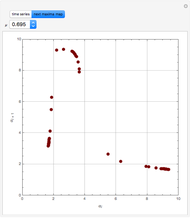Dynamic Simulation of a Gravity-Flow Tank
Initializing live version

Requires a Wolfram Notebook System
Interact on desktop, mobile and cloud with the free Wolfram Player or other Wolfram Language products.
The dynamic behavior of a tank and pipe system is described by the following coupled ordinary differential equations:
[more]
Contributed by: Housam Binous (March 2011)
Open content licensed under CC BY-NC-SA
Snapshots
Details
W. L. Luyben, Process Modeling, Simulation and Control for Chemical Engineers, 2nd ed., New York: McGraw-Hill International Editions, 1996.
Permanent Citation
























